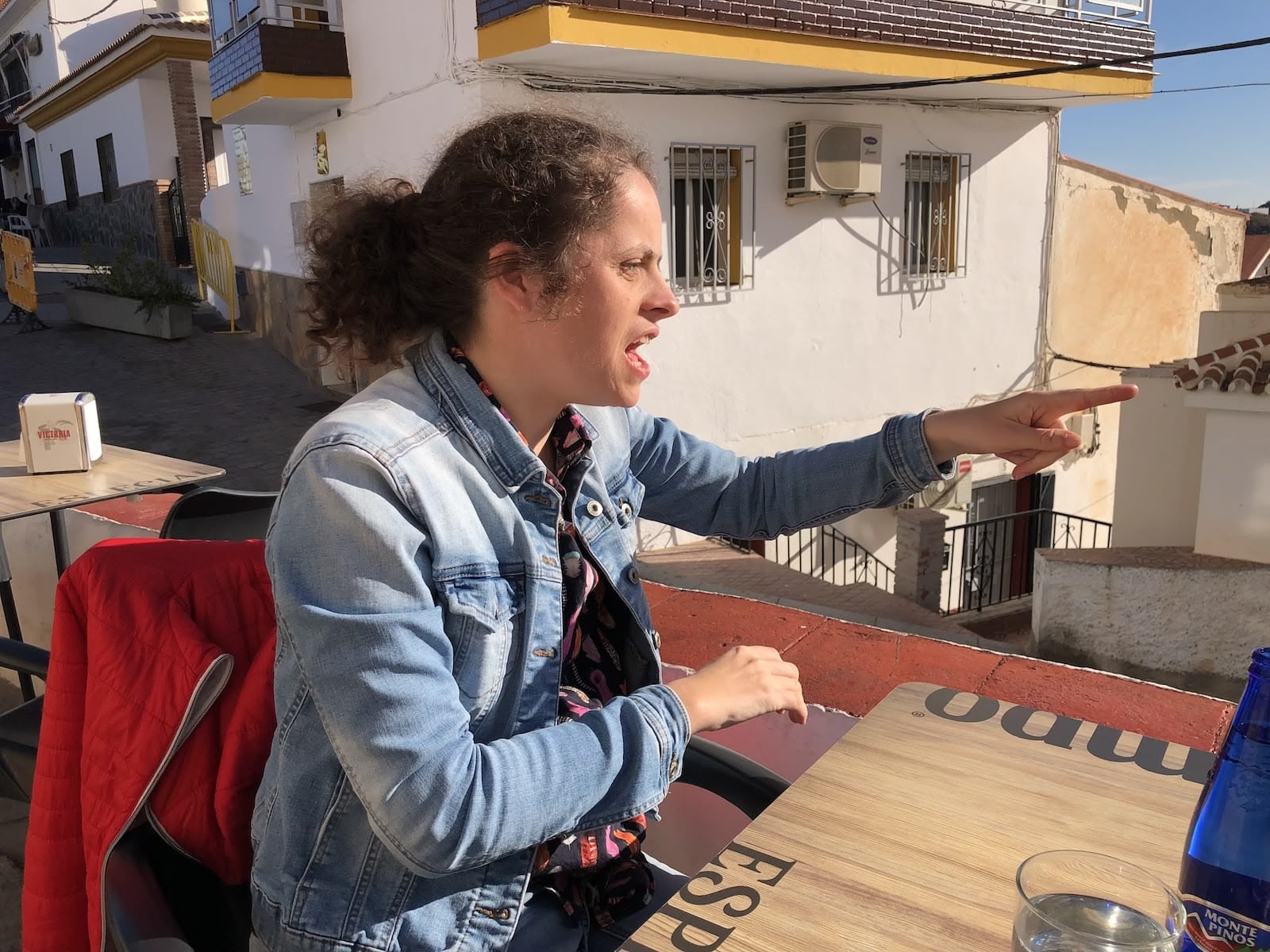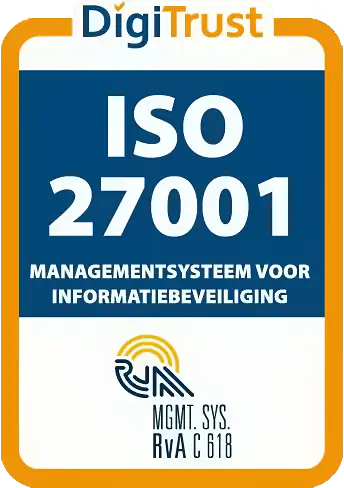Qualitime: Short true stories from everyday life, written by our colleague Fred Vahlkamp. With a bit of imagination, you can translate these tales into topics like process management, quality systems, and learning about quality. Enjoy reading.
He can’t hear us, Lisanne can’t say anything, I can’t understand him, and yet we understand each other.
A familiar face in the village
Born deaf—there’s no other conclusion I can draw. His words are unintelligible even to the local villagers, and the volume at which he speaks is very high, almost to the point of shouting. We’ve seen him regularly over the past few years, always having a coffee or a beer on one of the terraces. He seeks contact with anyone who sits near him. It’s clear he’s well-known around here because almost everyone responds with an approving nod or a few words—he seems to be able to read lips.
A remarkable interaction
Lisanne and I have been enjoying the sunshine for a while when this man takes a seat behind us on the terrace. He quickly notices there’s something special about us, and he doesn’t let it pass him by. Then something very special happens—perhaps one of the most beautiful moments of my week-long holiday here with Lisanne in southern Spain. He can’t hear us, Lisanne can’t speak, I can’t understand him, and yet we understand one another.
The power of non-verbal communication
He starts the conversation with a loud voice, supported by a few gestures. From those gestures, I understand he’s asking if Lisanne is deaf. It’s a logical question, because he—deaf, using some gestures—sees Lisanne gesturing to me but, of course, doesn’t hear her. And even if he did, he wouldn’t realize that she can’t speak—she only makes sounds, which they unwittingly have in common.
In turn, Lisanne thinks he’s making way too much noise and immediately starts gesturing about that. First, she signs a fish, which is fairly innocent. Even if he understands ‘fish’, he won’t get her context. For Lisanne, it means “bakvis” (a Dutch word sometimes referring to a silly or immature person). Next, she signs an ape—which needs little explanation. Lisanne concludes her short series of signs by tapping her forehead with her finger, pointing at the man, and calling out “dieeee” (“that one”) loudly. In other words: “Can someone send that screamer to the attic?” While he can’t hear those words, the gestures speak for themselves.
I quickly follow up by making three signs in succession: first, to explain that Lisanne is not deaf; then, that she cannot speak; and finally, that her development is limited to the level of a three-year-old. There isn’t much nuance in these hastily invented gestures, but that’ll have to do. Thankfully, he does understand. He shows a compassionate face and immediately seems to grasp Lisanne’s nonverbal—and to me, very loud—“attack.”
A special connection
When we leave, Lisanne waves cheerfully at the man. He gives us a warm glance and raises his hand in return. In the days that follow, we meet again regularly. He always comes over to say hello to Lisanne by placing his hand on her shoulder. Lisanne is fine with that, and I feel my heart grow warm. We haven’t exchanged many words, but we speak the same language.
The business moral of this story
There is nothing more beautiful than a good theory, because then you know why you deviate from it in practice.
If you don’t understand a colleague, it’s worth figuring out which language—or even gesture—could help you reach that person and create a connection. Quality management often revolves around routines laid out in procedures and work instructions. A business administration lecturer once told me, “There is nothing more beautiful than a good theory, because then you know why you deviate from it in practice.” That’s the way to handle unforeseen situations, even when they stray from the official rules.

Image: Lisanne at the restaurant in Spain




